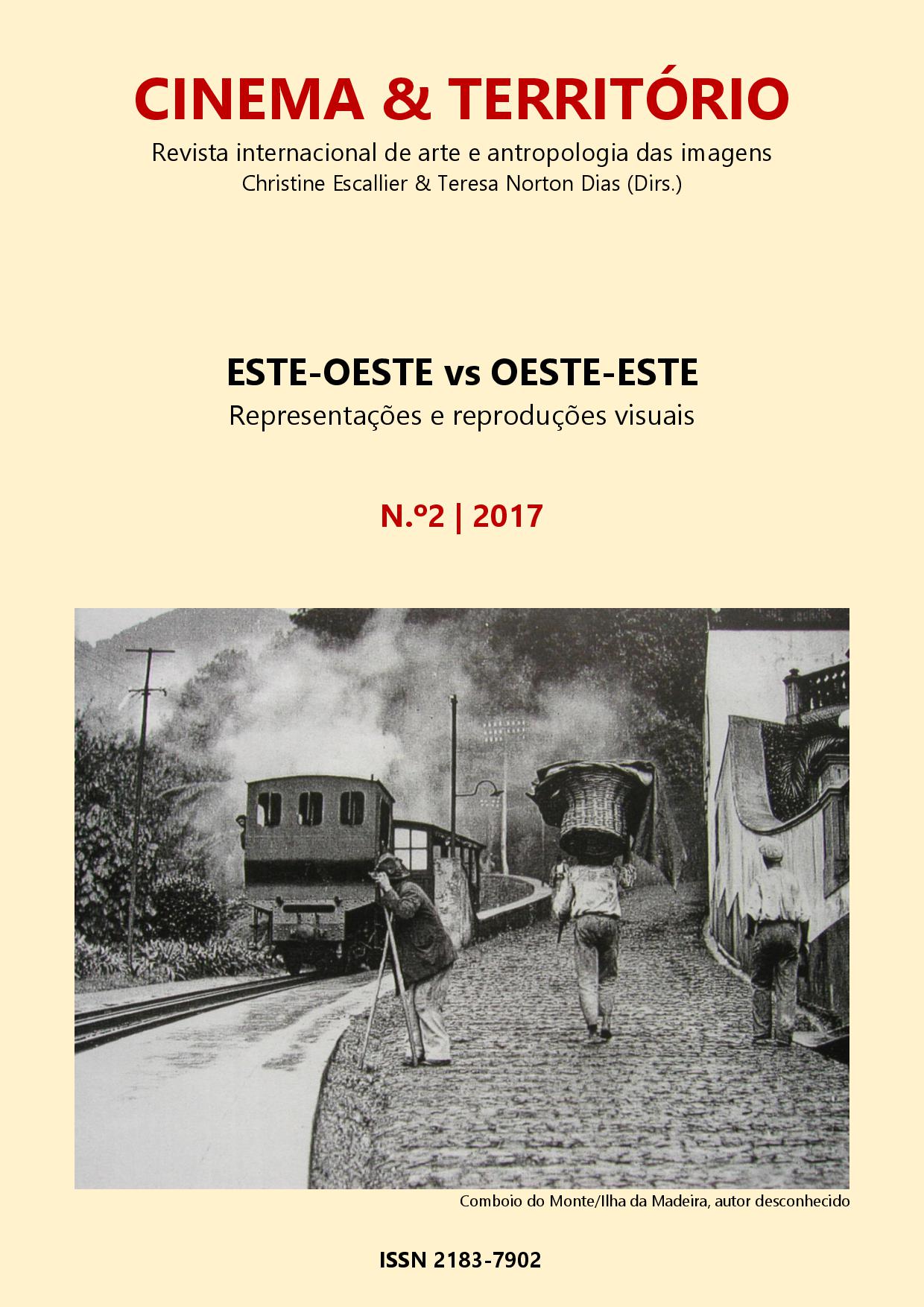Guinea-Bissau: an African nation forged in cinema?
DOI:
https://doi.org/10.34640/universidademadeira2017cunhaKeywords:
cinema, revolution, Guinea-Bissau, third cinema, decolonizationAbstract
In the context of the struggle for Guinea-Bissau and Cape Verde independence, Amílcar Cabral and PAIGC sent four young Bissau-Guineans to Cuba to
study cinema. For Cabral, demonstrations of resistance were not only intended to destroy something, but also simultaneously to construct something new and take on four complementary forms: political, economic, cultural and armed. For the leader of the movement for independence, cinema would play an important role in cultural resistance and in the construction of alternatives to the Portuguese colonialist gaze. The young Amílcar Cabral knew that the “decolonized” images would be important in the mobilization of the Guineans in their struggle for independence, in the international dissemination of the pretensions of Guinean and, in the last case, the provision to the “Portuguese people” of another version of history that was different from that linked by
the propaganda apparatus of the colonial gaze. The purpose of this text will be to start from the famous maxim of Cabral (« African nation forged in the struggle »; Cabral, 1974) to reflect on the context of emancipation of a cinematographic gaze in GuineaBissau and his contribution to the process of building a supposed national identity from this dialogue [...].
References
Cabral, A. (1974). Guiné-Bissau: A nação africana forjada na luta. Lisboa: Nova Aurora.
Chanan, M. (2004). Cuban Cinema. Minneapolis: University of Minnesota Press.
Cunha, P. (2013). “Guiné-Bissau: as imagens coloniais”. Jorge Luiz Cruz & Leandro Mendonça (eds.). Os cinemas dos países lusófonos. Rio de Janeiro: Edições LCV,
Fedorov, A. (2015). Russia in the mirror of the Western Screen. Moscovo: ICO Information For All.
Gugler, J. (2003). African Film: Re-Imagining a Continent. Bloomington, Indiana University Press.
Malitsky, J. (2013). Post-Revolution Nonfiction Film. Building the Soviet and Cuban nations. Indianapolis: Indiana University Press.
Shaw, T. (2001). British Cinema and the Cold War. The State, Propaganda and Consensus. Londres: I. B. Tauris.
Shaw, T. (2007). Hollywood’s Cold War. Edinburgh: Edinburgh University Press.
Siefert, M. (2014). “Meeting at a Far Meridian: US-Soviet Cultural Diplomacy on Film in the Early Cold War”. Patyk Babiracki & Kenyon Zimmer (eds.). Cold War Crossings: International Travel and Exchange across the Soviet Bloc, 1940s-1960s. Arlington: University of Texas at Arlington, 166-210.
Sivkova, E. (2014). “Artists under pressure: Soviet filmmakers and censorship”. In Russia Beyond The Headlines. Disponível em: https://www.rbth.com/arts/2014/10/19/artists_under_pressure_soviet_filmmakers_and_censorship_40723.html (consultado a 25 Ago. 2017).
Sorlin, P. (1998). “The Cinema: American Weapon for the Cold War”. Film History, vol. 10, n.º 3, 375-381.
Stam, R. (2006). Introdução à teoria do cinema. Campinas: Papirus.
Valck, M. de (2007). Film Festivals. From European Geopolitics to Global Cinephilia. Amsterdam, Amsterdam University Press.
Vilaça, M. M. (2000). “A política cultural do governo cubano e o ICAIC (Instituto Cubano de Arte e Indústria Cinematográficos)”. Anais Eletrônicos do V Encontro da
ANPHLAC. Belo Horizonte: ANPHLAC.
Vilaça, M. M. (2006). O Instituto Cubano del Arte e Industria Cinematográficos (ICAIC) e a política cultural em Cuba (1959-1991). Tese de Doutorado apresentada à USP.
Downloads
Published
How to Cite
Issue
Section
License
Copyright (c) 2017 Paulo Cunha

This work is licensed under a Creative Commons Attribution-NonCommercial 4.0 International License.
For more information follow the link: CC Atribuição-NãoComercial 4.0








